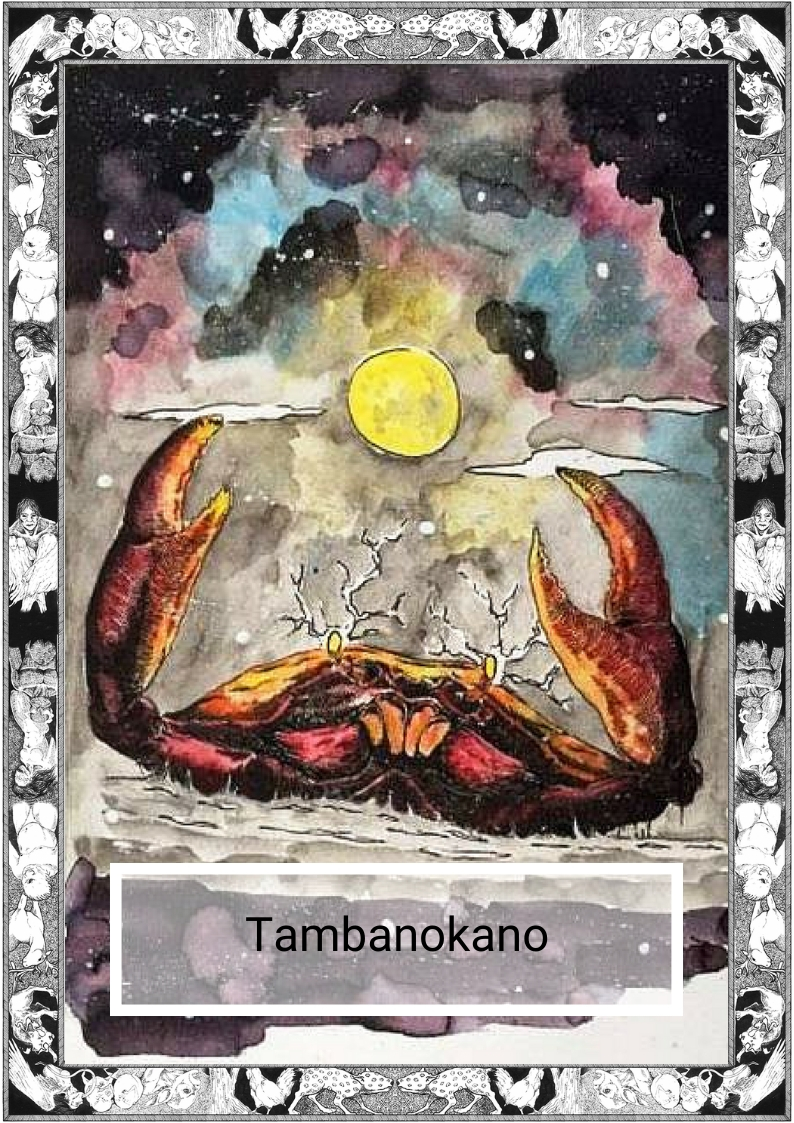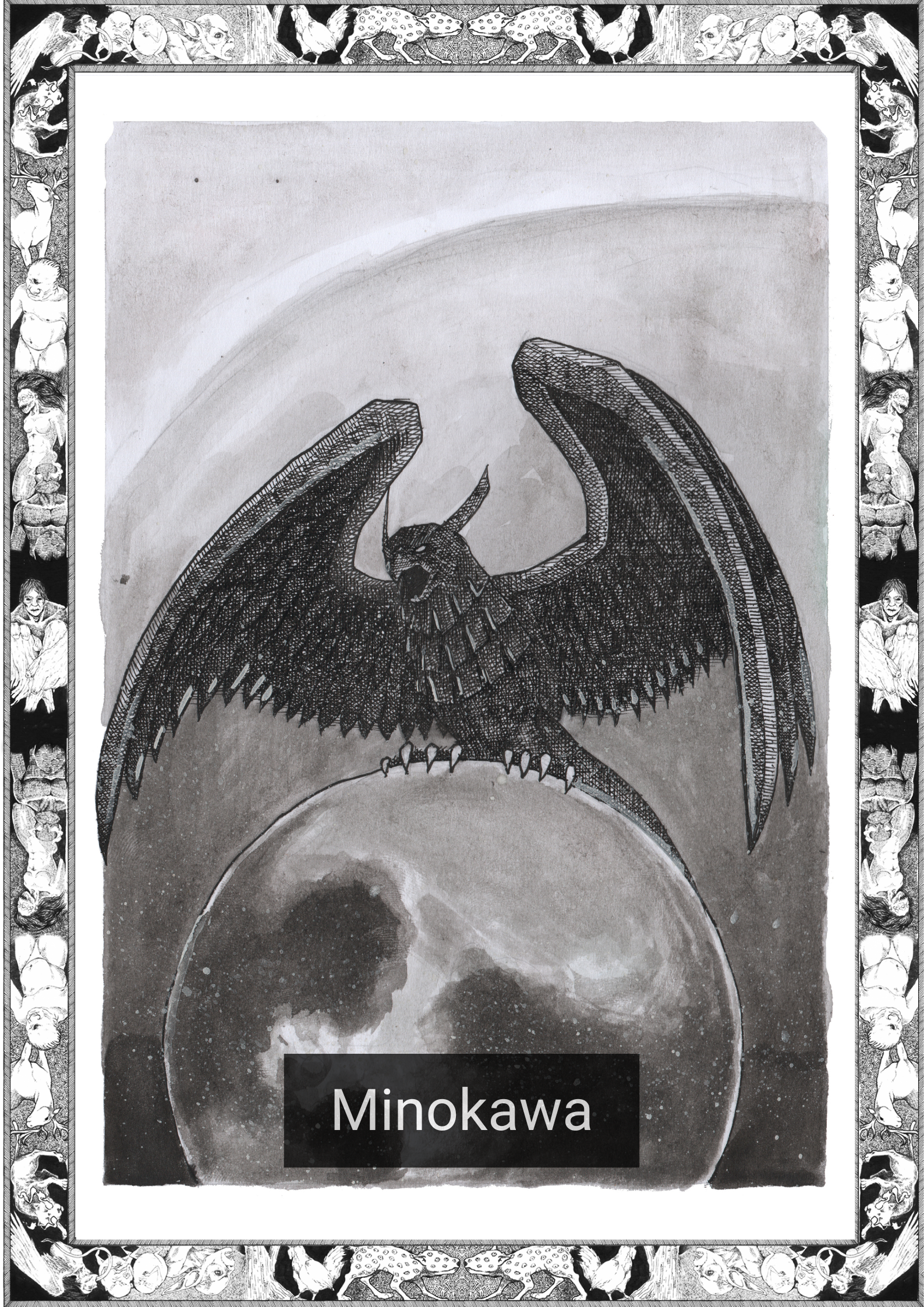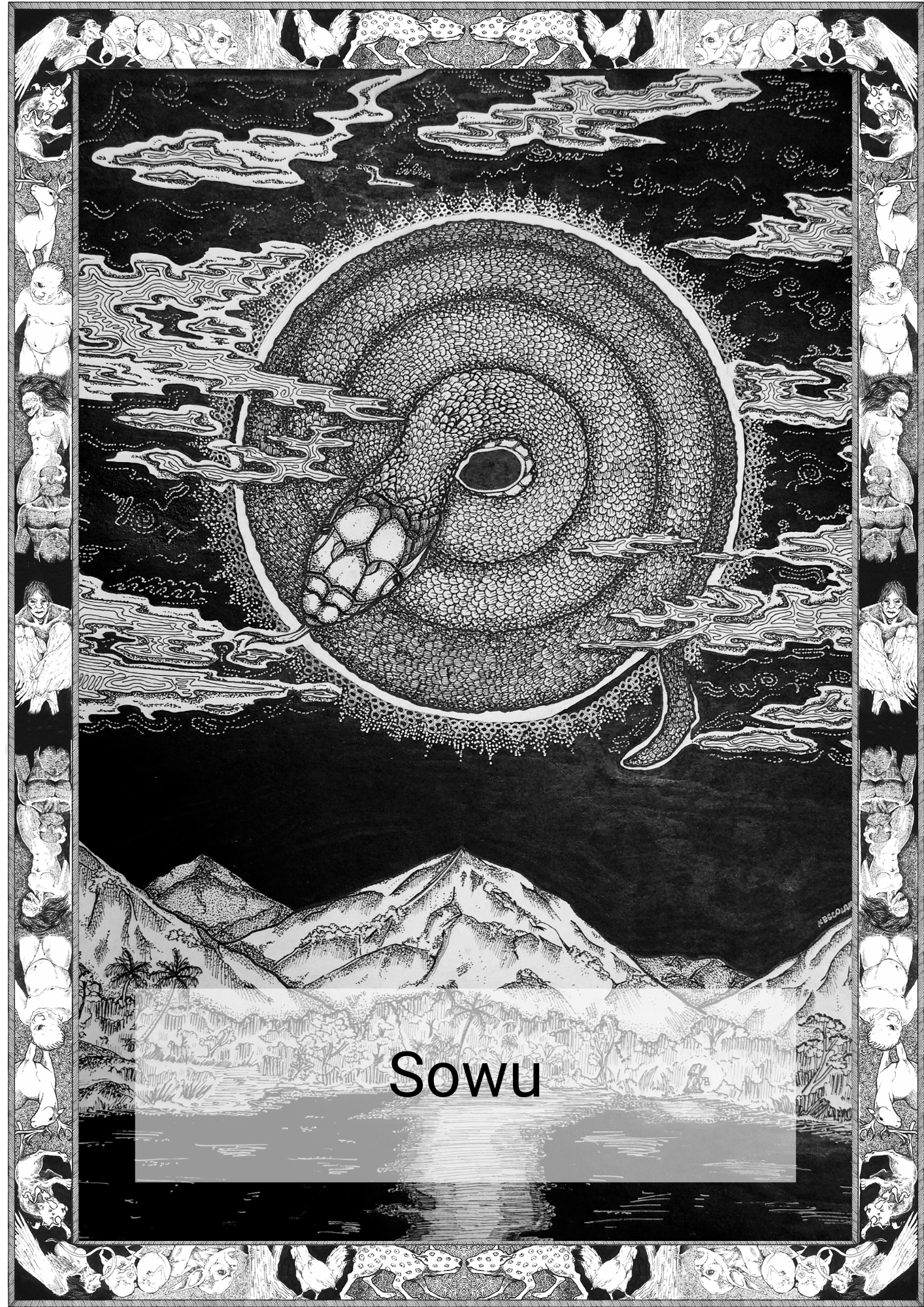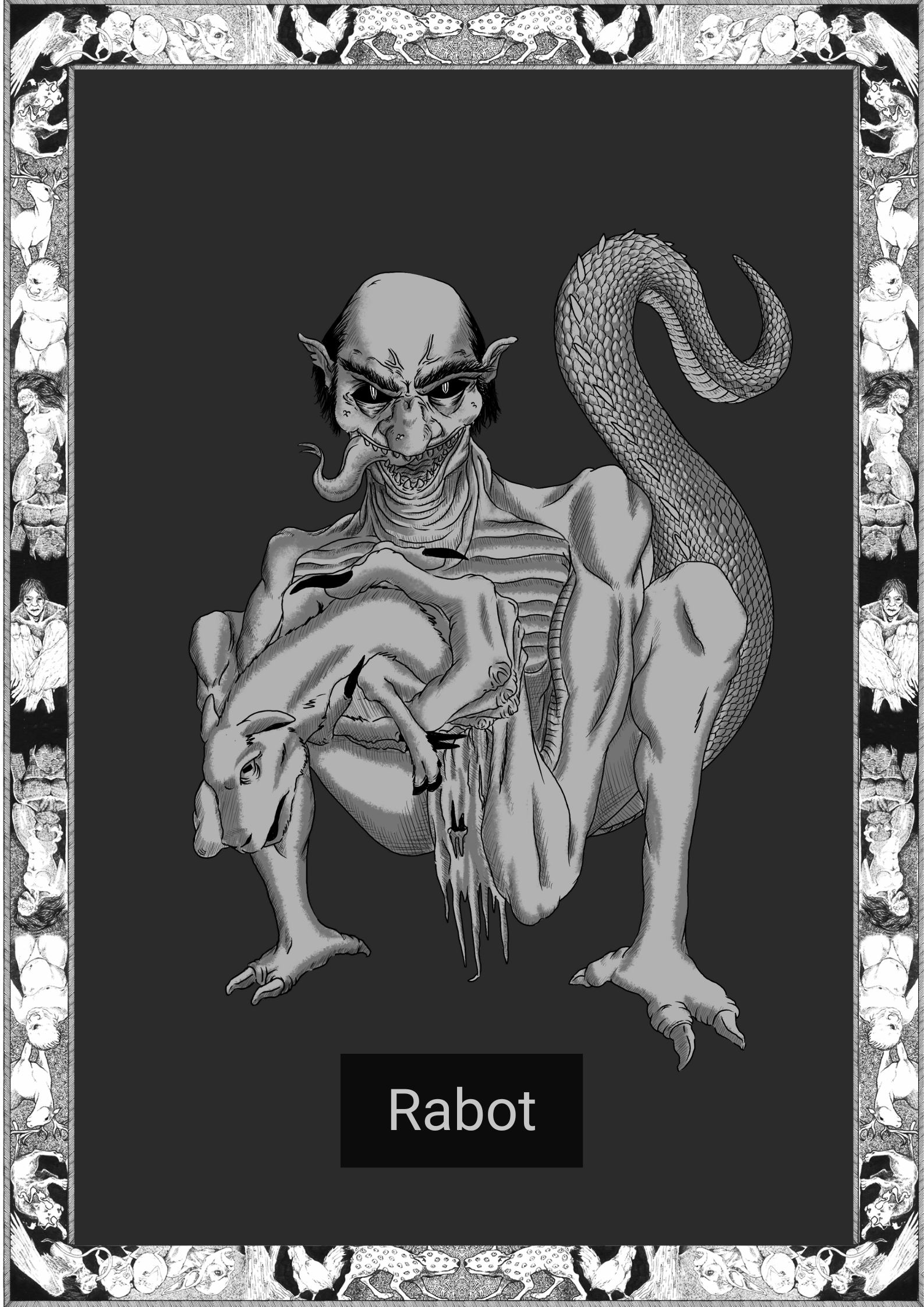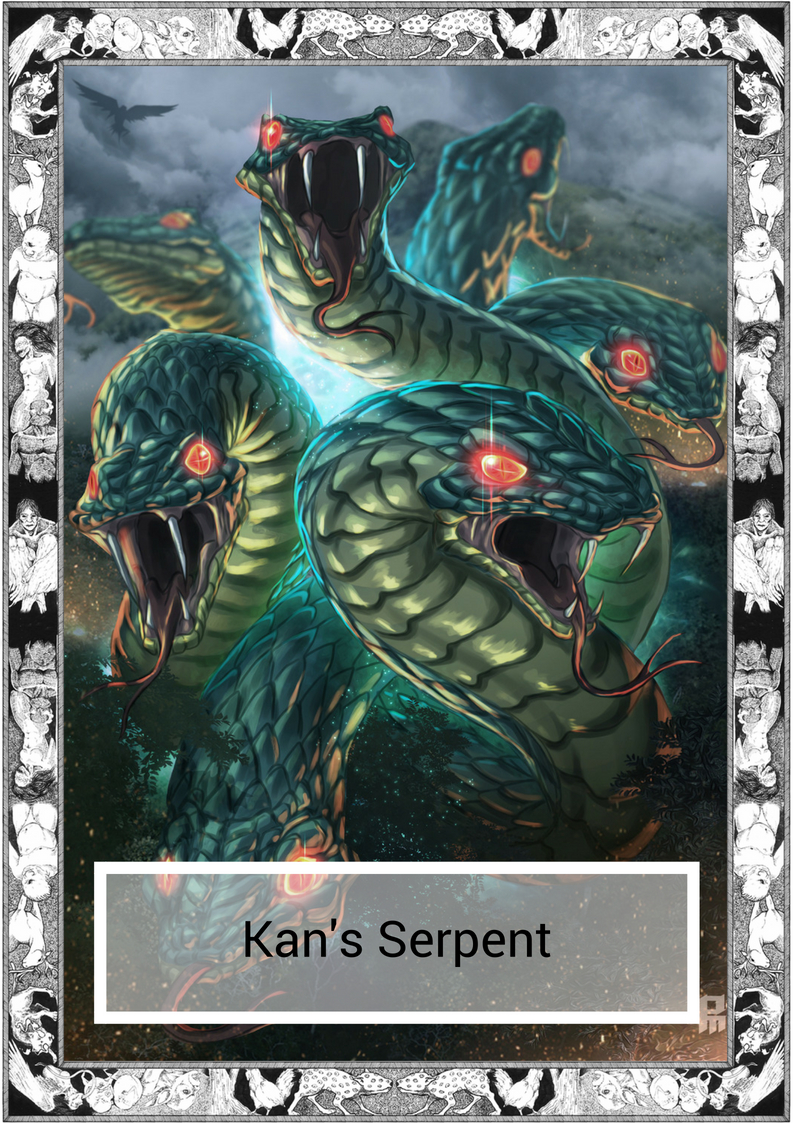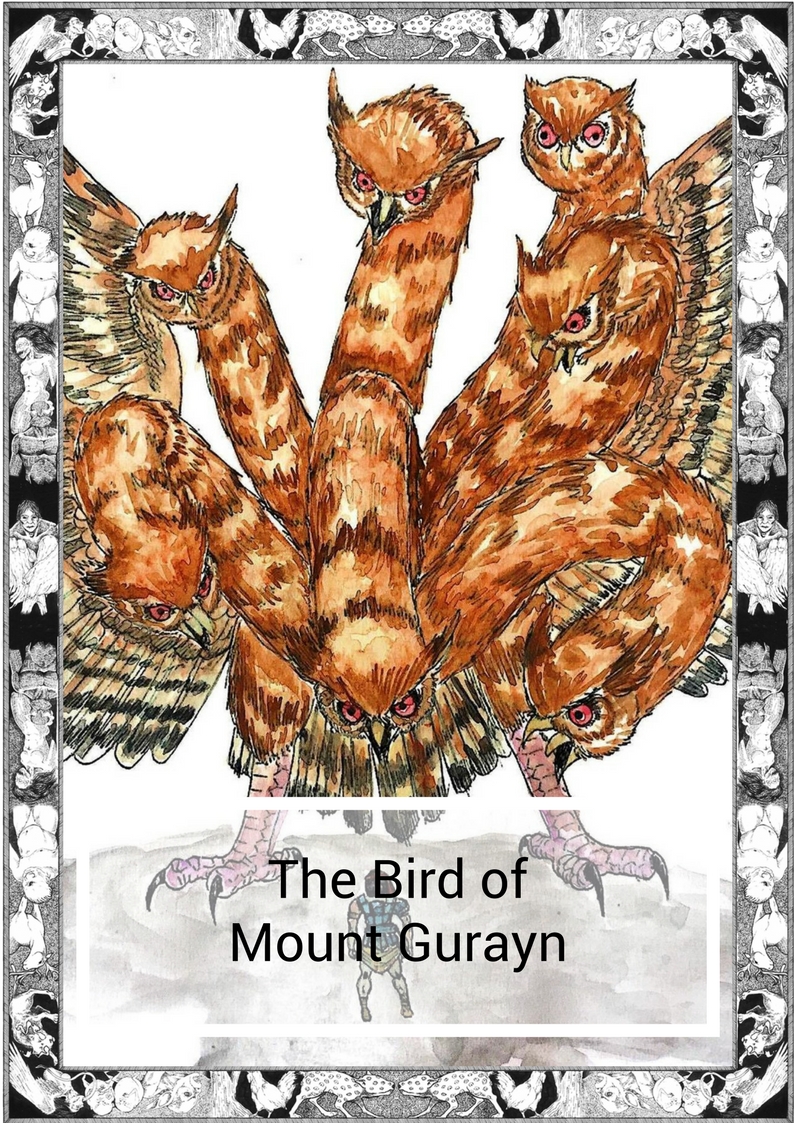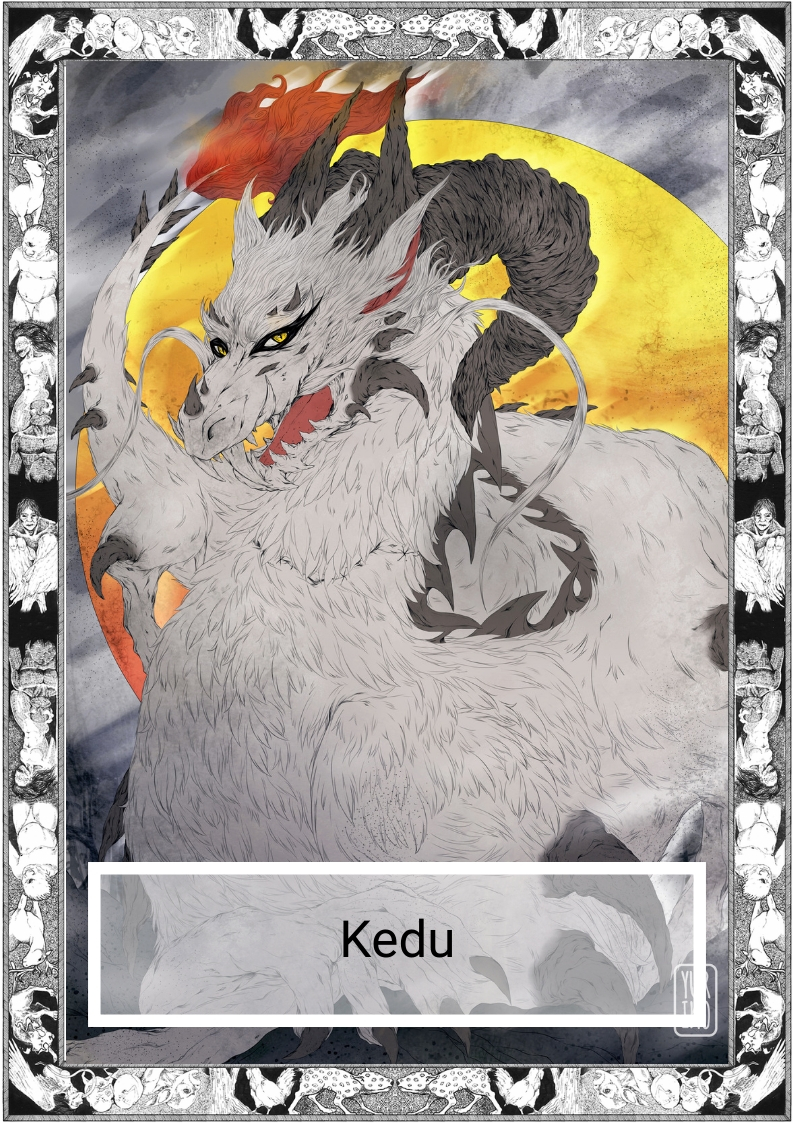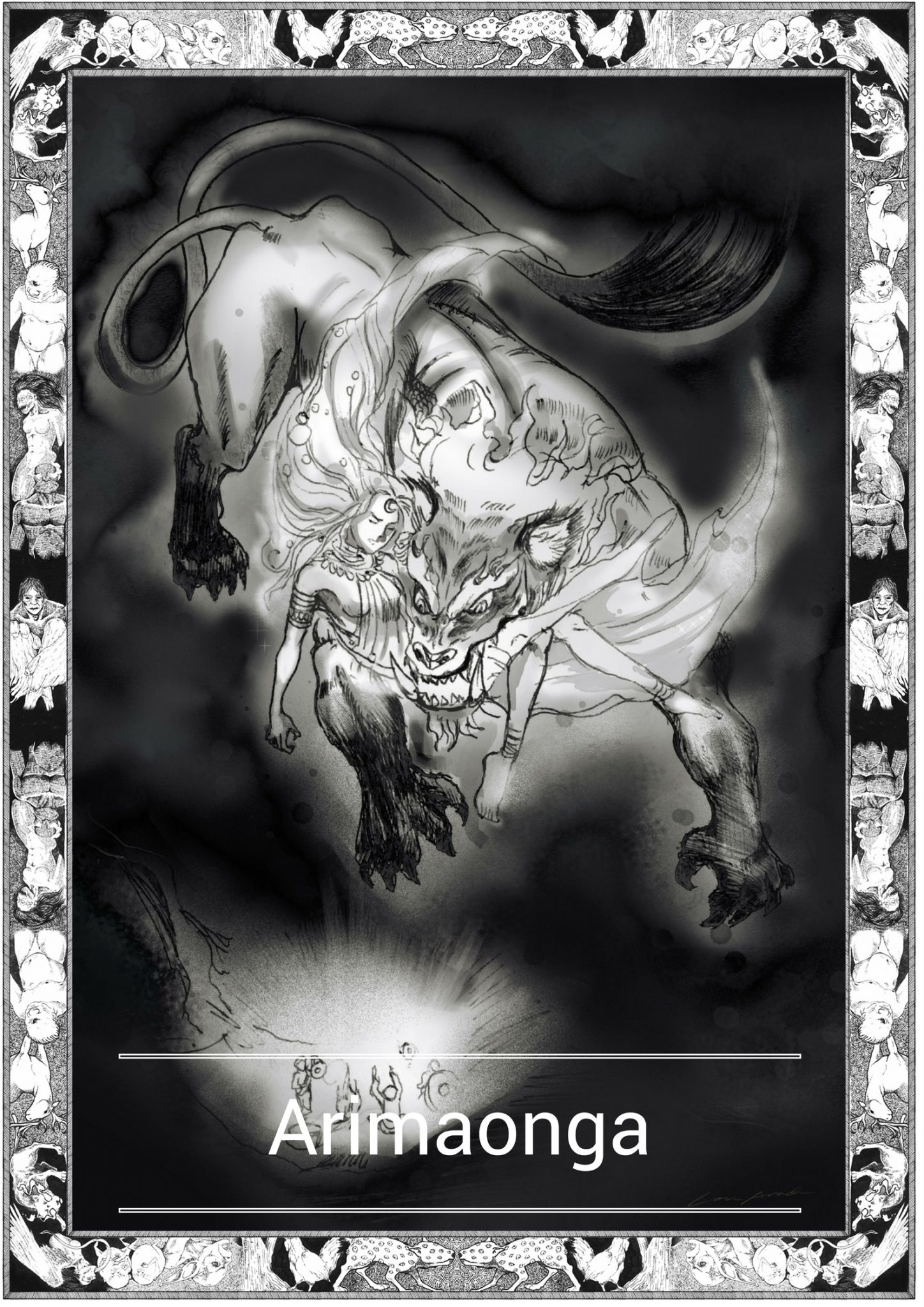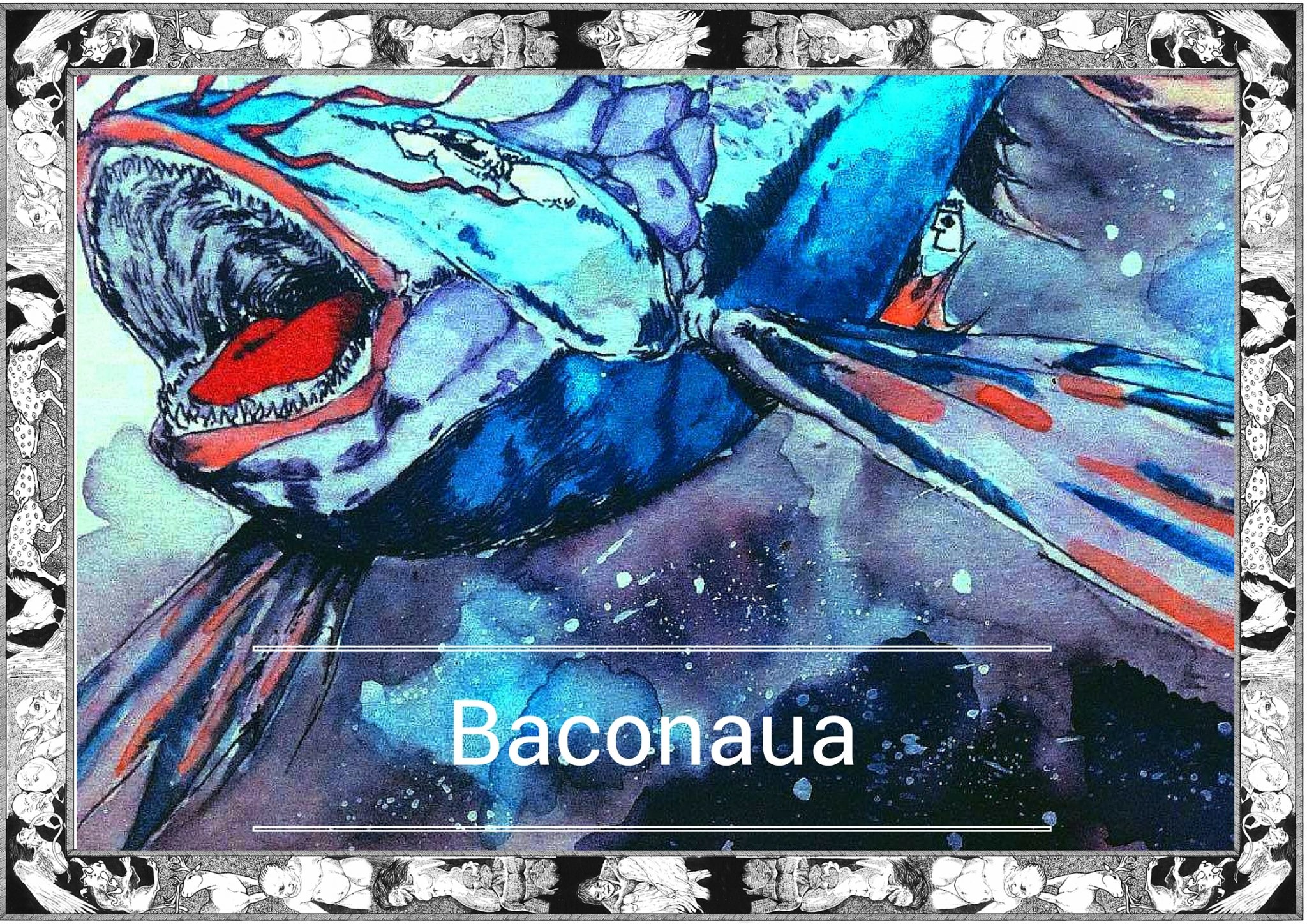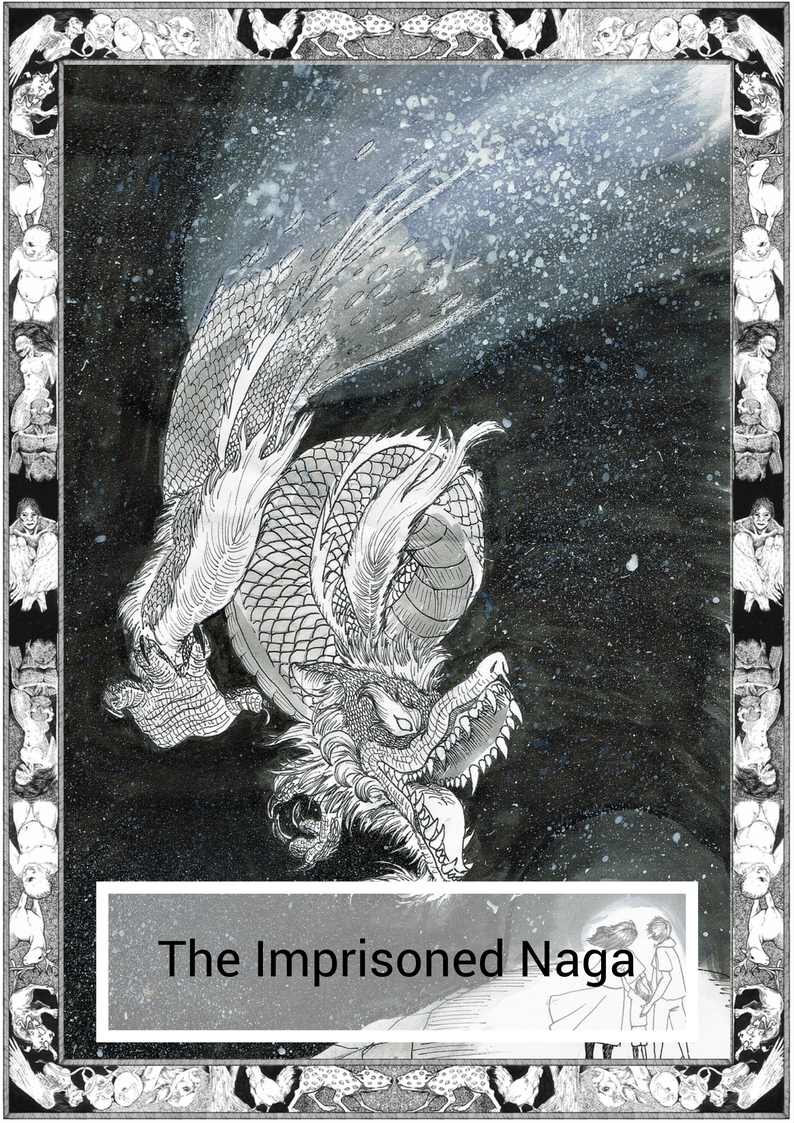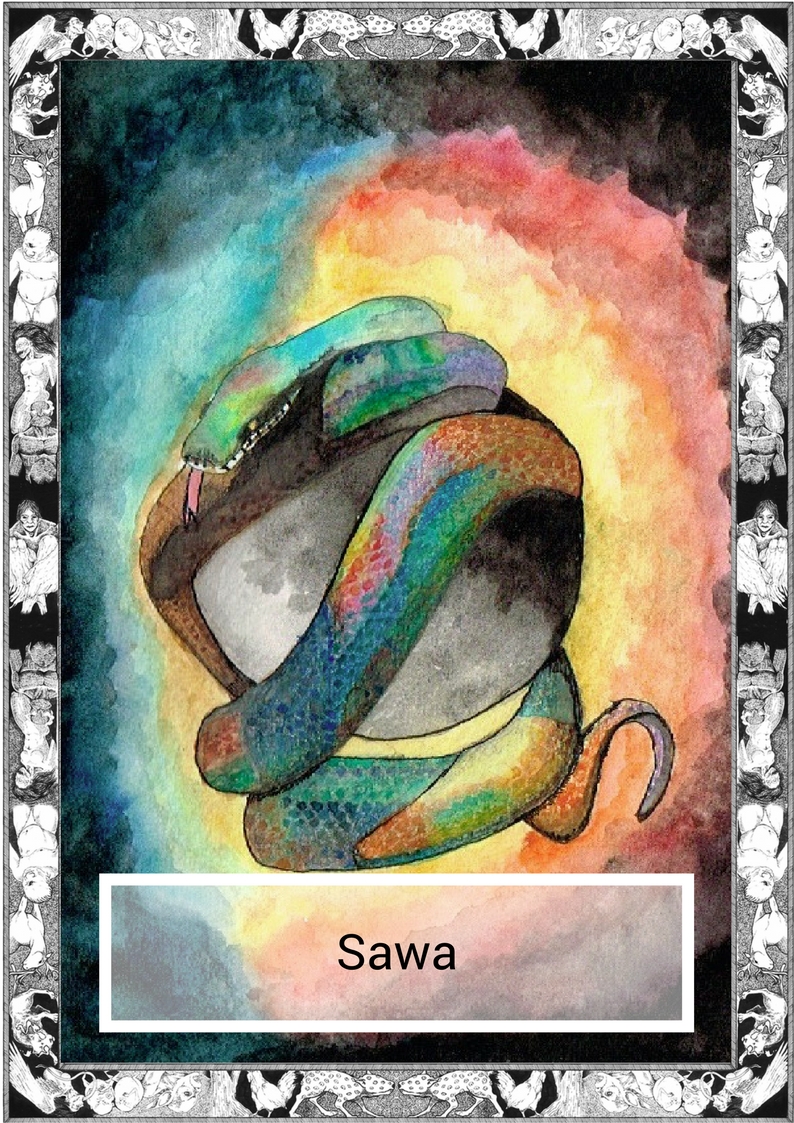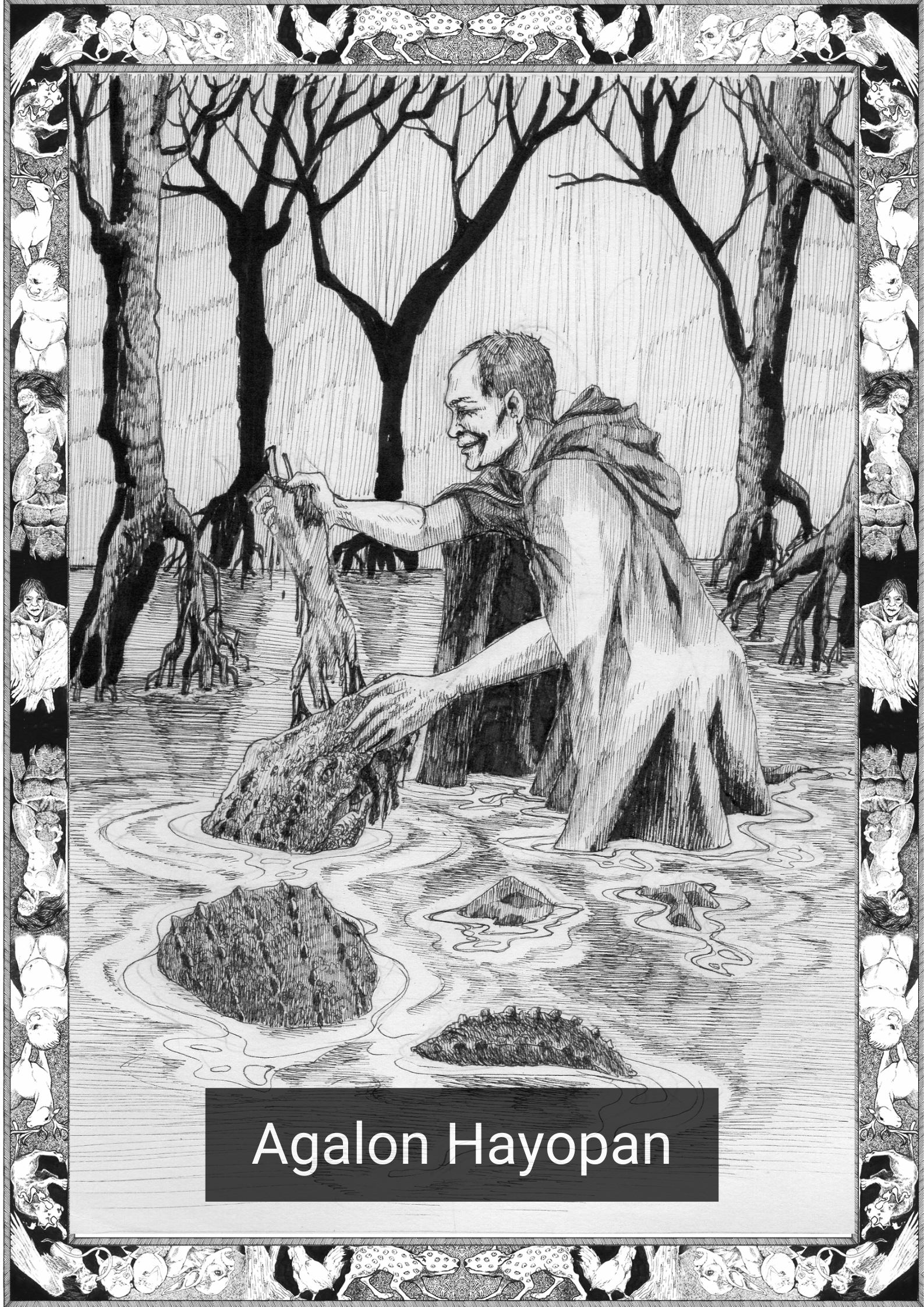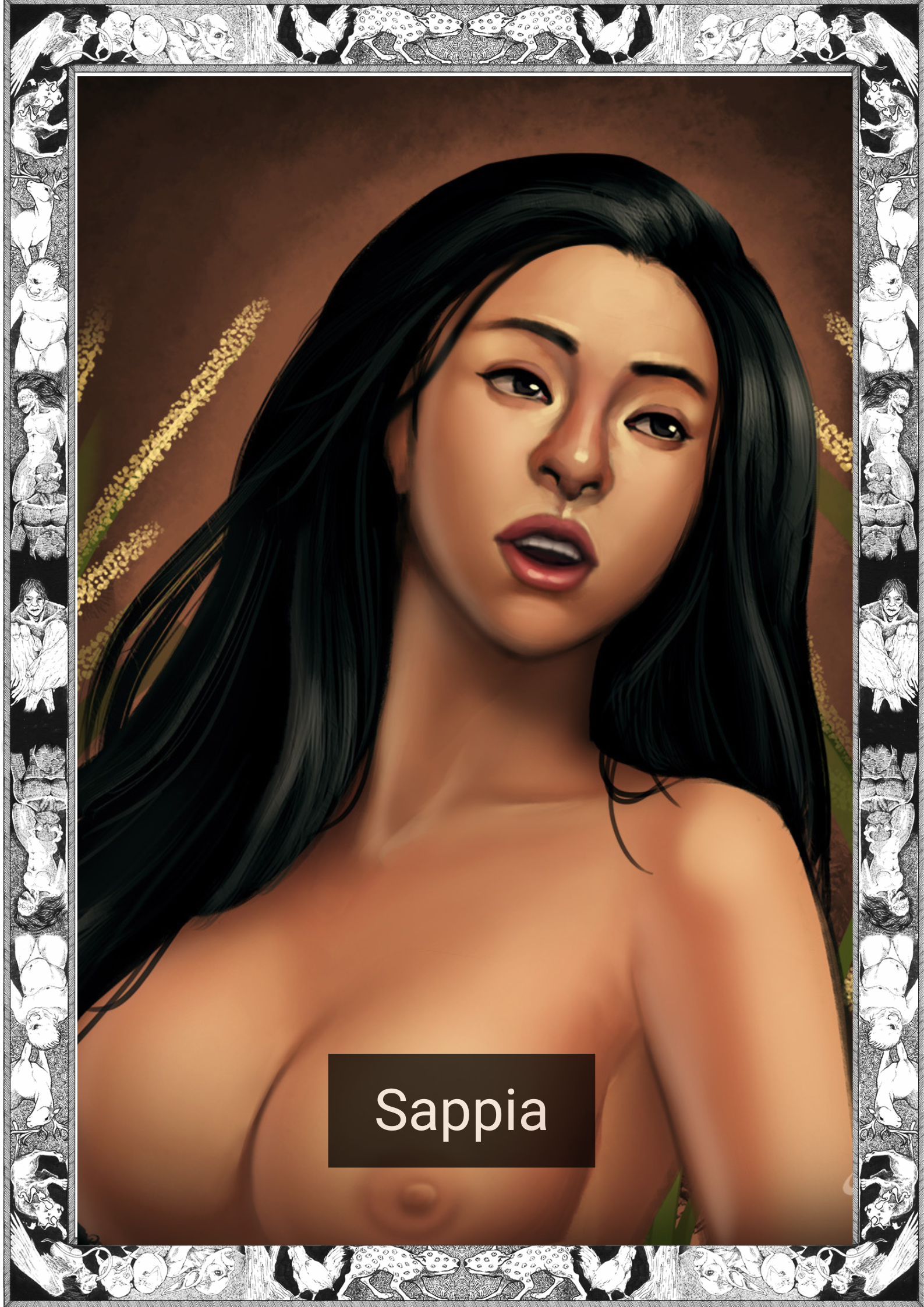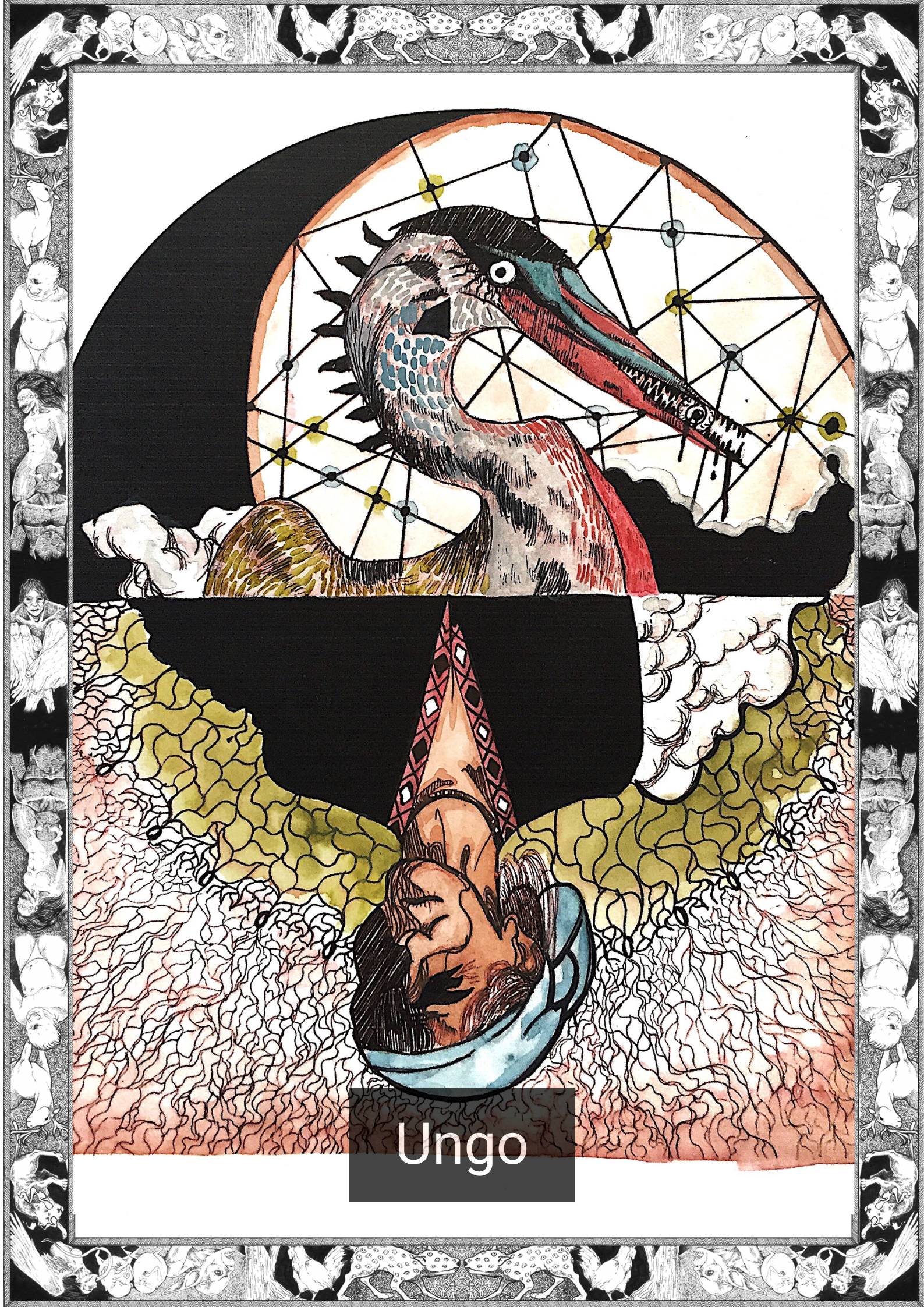
*Note this story is in Cebuano
Usa ka liti ang nidan-ag sa kangitngit sa kagabhion. Ang mga balod nidasmag sa baybay, nihampak sa mga bato ug sa pantalan.
“Nimata na siya.”
“Unsa man ang iyahang gusto?”
“Gipangita sa walay puangod na anak ang iyahang inahan.”
“Iyahang inahan?”
“Ang bulan.”
“Unsa man ang kinahanglan niya sa iyahang inahan?”
“Nasuko ang anak sa iyahang inahan maong subadun niya kini.”
“Wala’y puangod na anak.”
“Anak gyud siya sa iyahang amahan.”
“Iyahang amahan?”
“Ang adlaw.”
Nibusikad ang kilat lahos sa dagat. Ang hampak sa mga balud ang niundang sa makabungol na kahilom sa kagabhion. Ang sidlak sa bulan hinay-hinay na nipus-aw sa kapunawpunawan.
“Gigakos niya ang iyahang inahan ug iyaha na kining lamunon.”
“Unsa man ang iyahang gilaum na makab-ot?”
“Dili na importante.”
Ang hugyaw sa mga balud niuban sa bagdos sa agong.
Ug usa pa.
Ug usa pa.
“Itugot sa amoa na buhaton unsa ang kinahanglan.”
=———————————=
English Version
A flash of lightning illuminated the cloudless night sky. The waves crashed violently along the shore, smashing on the rocks and the pier.
“He is awake.”
“What does he want?”
“The ungrateful child seeks his mother.”
“His mother?”
“The moon.”
“What does he want with her?”
“The mother has angered him and he seeks to devour her.”
“An ungrateful child.”
“He is his father’s son.”
“His father?”
“The sun.”
Lightning bursts through the sea. Only the crash of the waves breaks through the endless silence of the night. The soft glow of moonlight slowly fades from the horizon.
“He has embraced his mother and will devour her.”
“What does he hope to accomplish?”
“It does not matter.”
The roar of the waves was joined by the strike of a gong.
And another.
And another.
“Let us do what must be done.”
————————–
*The Cebuano language, alternatively called Cebuan and also often colloquially albeit informally referred to by most of its speakers simply as Bisaya (“Visayan”, not to be confused with other Visayan languages nor Brunei Bisaya language), is an Austronesian regional language spoken in the Philippines by about 21 million people, mostly in Central Visayas, western parts of Eastern Visayas and most parts of Mindanao, most of whom belong to various Visayan ethnolingusitic groups, mainly the Cebuanos. It is the by far the most widely spoken of the Visayan languages, which are in turn part of wider the Philippine languages. The reference to the language as Bisaya is not encouraged anymore by linguists due to the many languages within the Visayan language group that may be confused with the term.
Written by Karl Gaverza
Cebuano Translation by Sarah Masiba
Copyright © Karl Gaverza
Translation Copyright © Sarah Masiba
Story inspired by:
“The Sun and the Moon” in Philippine Folklore Stories. Cole. 1916.
Tambanakaua
Ilustration by Leandro Geniston from Aklat ng mga Anito
FB: That Guy With A Pen
Watercolor by Catherine Chiu
FB: Wildling Child
IG: https://www.instagram.com/
